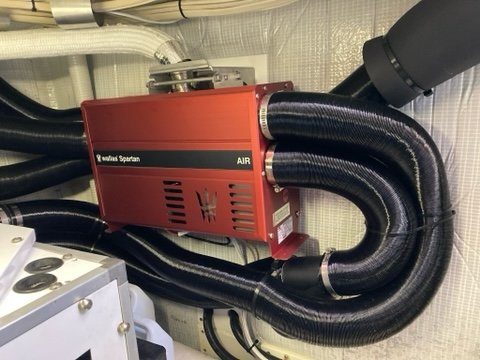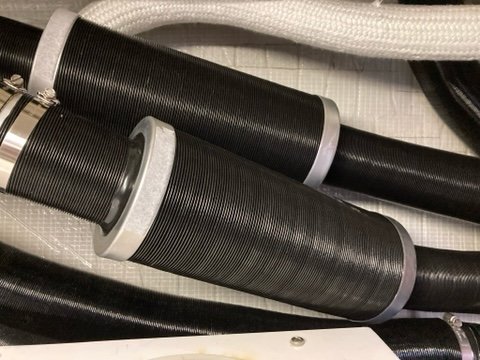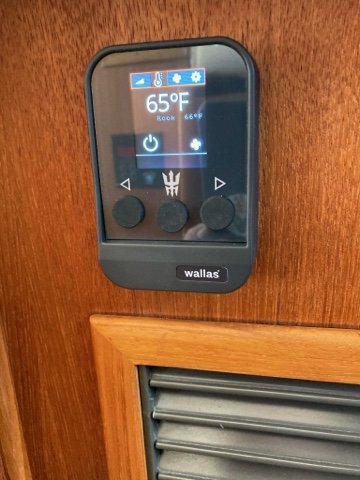I have ITR Hurricane hydronic. My cruising area is Washington state north to Alaska.
The advantages are:
1 - Warm comfortable heat with zones. Effectively keeps the boat warm in freezing weather.
2 - With a heat exchanger use waste heat from the engines to reduce boiler run times.
3 - Hot water without running the generator.
4 - If I wanted to I could plumb engine pre-heating into the system.
5 - Excellent support from ITR when needed. By phone or email. Parts quickly shipped.
6 - Once you understand the system it is easy to troubleshoot and for the most part simple to repair.
7 - Easier to run small water hoses than ducting when installing. If hoses are routed under or through clothing lockers they will be kept warm and dry.
The disadvantages are:
1 - Up to 8 AMPs when starting up from cold boat. The boiler runs full time until all zones are up to temperature. 3 zones with 5 fans. Then intermittent electrical load as zones call for heat.
2 - May be a bit slower to warm up the boat than forced air.
3 - The boiler takes more space than a forced air system.
4 - Installation if done professionally is expensive.
With a modest house bank of six 12 volt golf car batteries I need to run the gen each day if not underway to make up the total draw from heater, refer and all the smaller loads.



